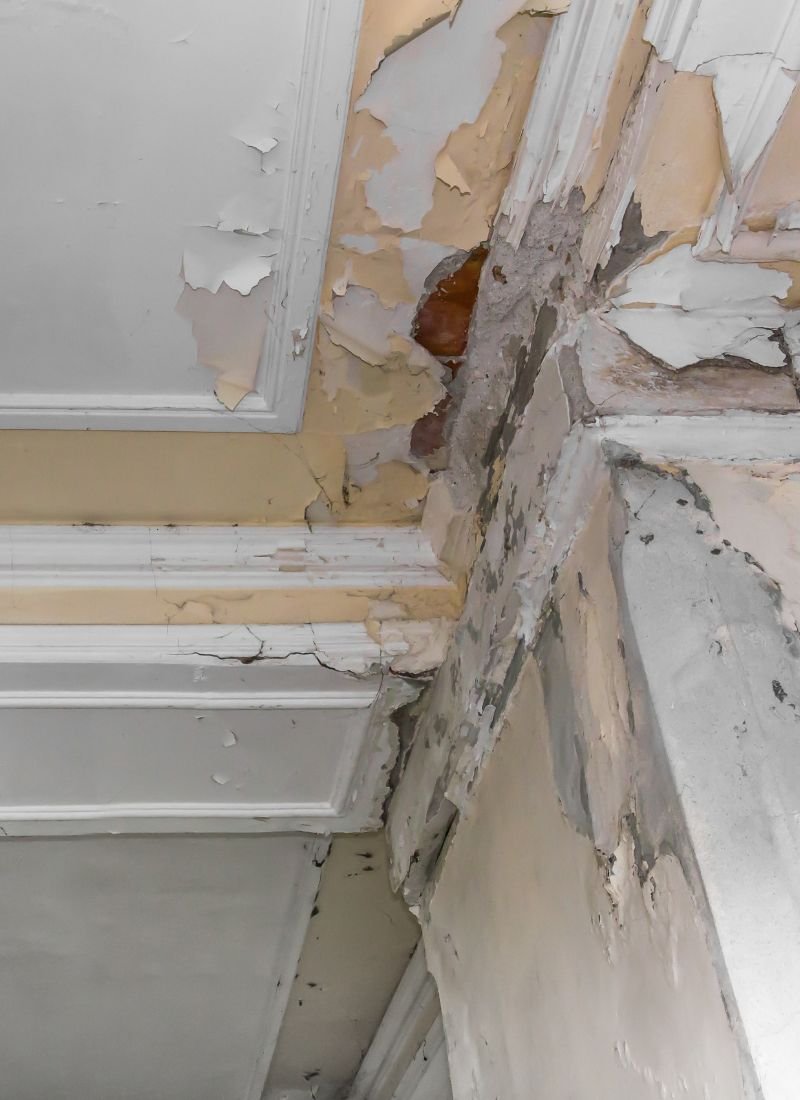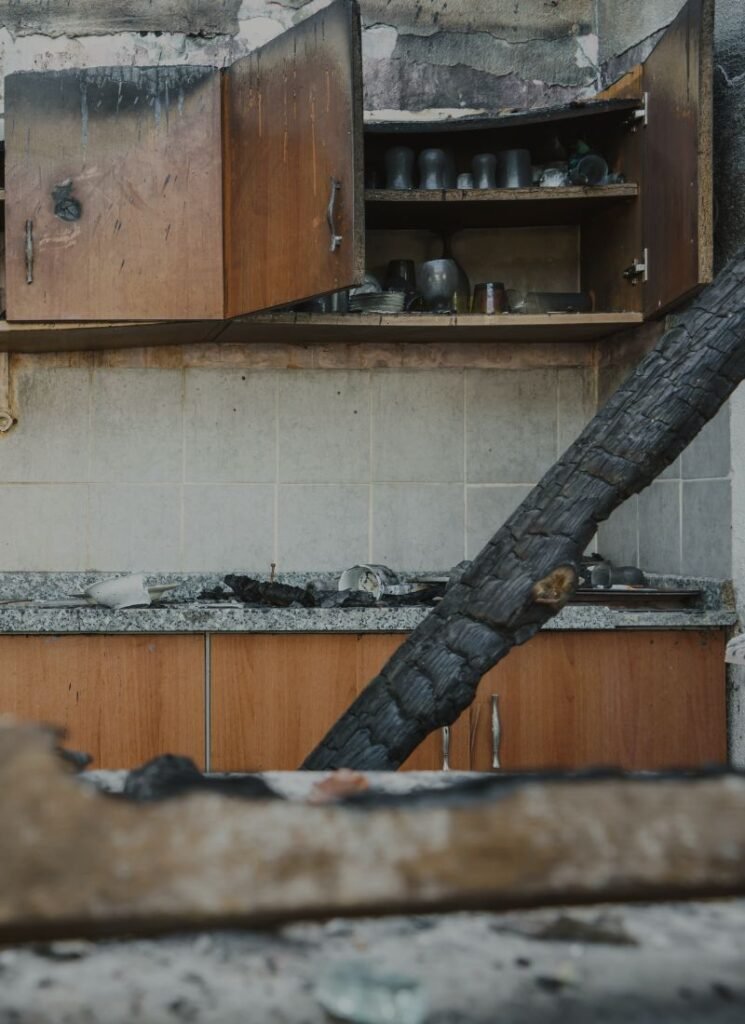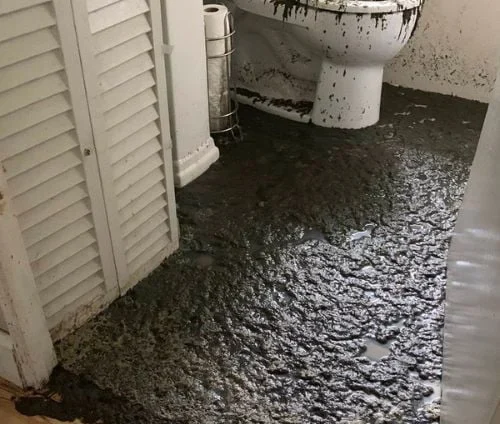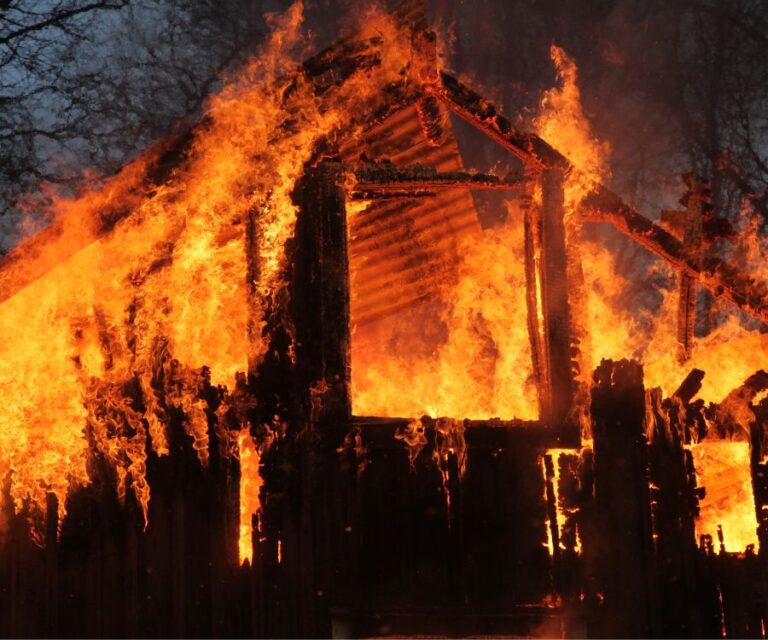Water damage is a major concern for homeowners and property managers, not just because of the immediate damage it can cause, but also because of the longer-term problems it can introduce, most notably mold growth.
“The interplay between two entities forms the intricate tapestry of their relationship, weaving a story uniquely their own.”
—— Unknown
The Relationship Between Mold and Water Damage
Water damage is an unwelcome incident for any property owner, primarily due to the aftermath it leaves in its wake. Beyond the obvious structural and cosmetic damage, there lurks a silent menace – mold. The link between mold growth and water damage is undeniable and understanding this relationship is crucial for effective home and health management.
Why Does Water Damage Lead to Mold?
Moisture
Mold spores are everywhere, but they require moisture to germinate. Water damage provides the necessary moisture for mold to thrive.
Organic Material
Materials like wood, paper, carpeting, and even certain types of paint can provide mold with the necessary nutrients to grow.
Optimal Temperatures
Most indoor environments have temperatures that molds find ideal. Mold can grow in most temperatures 60 – 80 Fahrenheit is ideal.
The Science of Mold
Mold is a form of fungus that thrives in damp environments. There are thousands of mold species, and they play an essential role in breaking down organic matter in nature. However, when mold grows indoors, it can cause health issues and damage to property.
Identifying Water Damage and Mold Growth
Sometimes, water damage is evident, as in the case of a flood. However, many times, leaks within walls or ceilings, or moisture buildup in basements or attics, go unnoticed. Some signs of hidden water damage include:
Discolored patches on walls and ceilings
What it Indicates: Discoloration, usually yellowish or brownish in color, is a telltale sign of moisture intrusion. It is typically caused by water staining the building materials or by the growth of mold colonies. This is an alarm bell for potential structural damage or health concerns.
The Science Behind It: When water infiltrates porous materials like drywall, wood, or ceiling tiles, it can lead to oxidation of the metals (like nails) within the walls or the degradation of the organic material itself. This oxidation or decay process leads to the characteristic discoloration. Mold can further color these areas with its pigmented spores.
Immediate Steps: Address any ongoing sources of moisture immediately, such as leaks. Isolate the affected area to prevent mold spores from spreading and consider calling in professionals for a thorough inspection and remediation.
A Musty Odor
What it Indicates: That unmistakable musty scent often points towards mold growth, even if you can’t see the mold itself. Mold releases microbial volatile organic compounds (MVOCs) that have a distinct musty smell.
The Science Behind It: As mold digests organic materials, it releases MVOCs into the air. These compounds are the “off-gassing” or “breathing out” of mold and are responsible for the odor often associated with moldy environments.
Immediate Steps: If there’s a persistent musty odor, it’s crucial to identify its source. This often involves checking hidden areas like the backside of dry walls, under carpets, or above ceiling tiles. Consider hiring professionals equipped with specialized tools to detect hidden mold.
Warping or Bowing of Floors
What it Indicates: Warping, buckling, or bowing of floors is often a consequence of prolonged exposure to moisture. This can be due to unnoticed spills, high humidity, or more severe issues like subfloor water damage.
The Science Behind It: Wood and many flooring materials are porous. When they absorb excess moisture, they can expand. With no place to go, this expansion can result in the floor warping or bowing. Over time, as this moisture evaporates and the material dries, it might shrink, causing gaps or misalignment.
Immediate Steps: If floors begin to show these signs, it’s essential to address the moisture source promptly. This might involve repairing leaks, improving ventilation, or using dehumidifiers. If the damage is extensive, consulting with water damage restoration professionals is advisable.
Similarly, while mold might visibly grow on a damp wall, it can also be hidden behind wall panels or underneath carpets. Regular inspections, especially after incidents of water leaks, are crucial.
Health Implications of Mold from Water Damage
Mold, especially certain types like black mold, can have significant health implications. Common health issues include:
Respiratory problems
Respiratory issues are among the most commonly reported symptoms linked to mold exposure. When mold spores are inhaled, they can irritate the airways and cause several symptoms, including:
Shortness of breath: A feeling of not getting enough air, which can be especially concerning for those with pre-existing conditions.
Coughing: Persistent coughing can develop as the body attempts to expel inhaled spores.
Wheezing: A high-pitched whistling sound produced while breathing, indicating inflammation and narrowing of the airways.
Chest tightness: An uncomfortable sensation, often described as a feeling of pressure or squeezing.
Allergic reactions
Mold spores can act as allergens, leading to allergic reactions in sensitive individuals. Common allergic responses to mold include:
Runny or stuffy nose: Inflammation of nasal passages can lead to increased mucus production.
Itchy eyes, nose, and throat: These are classic signs of allergic rhinitis.
Skin rashes: Contact dermatitis can occur when mold spores come in contact with the skin.
Sneezing: A reflex action to expel allergens from the nasal passages.
Headaches and fatigue
While the exact cause isn’t always clear, many individuals exposed to mold report chronic headaches and an overwhelming sense of fatigue. Potential reasons include:
Toxins: Some molds produce mycotoxins which, when inhaled or ingested, can lead to headaches.
Body’s Immune Response: The body’s effort to fight off mold spores can lead to inflammation, potentially resulting in headaches and fatigue.
Aggravation of asthma symptoms
For asthma sufferers, mold can be especially problematic. Mold spores can trigger asthma attacks or exacerbate existing symptoms. These aggravations include:
Increased Frequency of Attacks: Asthmatics may find themselves using their rescue inhalers more often.
Severity of Attacks: Asthma attacks might become more intense, requiring medical attention.
Chronic Inflammation: Prolonged exposure can lead to chronic inflammation of the airways, making them more sensitive to other triggers.
It’s essential to note that while mold exposure can lead to these health issues, other factors might also contribute. Therefore, if someone experiences these symptoms, it’s crucial to consult with a healthcare professional to get a comprehensive understanding of their health.



The relationship between mold and water damage underscores the importance of prompt action when faced with water-related incidents. Proactively addressing water damage and understanding the threat of mold can save property owners significant costs in the long run and ensure a healthy living environment. Regular inspections, immediate repairs, and seeking professional expertise when needed are the cornerstones of effective mold and water damage management.





